Happy Tuesday!
Part of running a business means staying up to date with all the latest industry news and marketing trends, so you can stand out from the crowd.
This week, we’ve collected 5 articles to provide you with important updates - so you can take your business to the top!
Google Maps Adds 4 New Features For Local Shopping
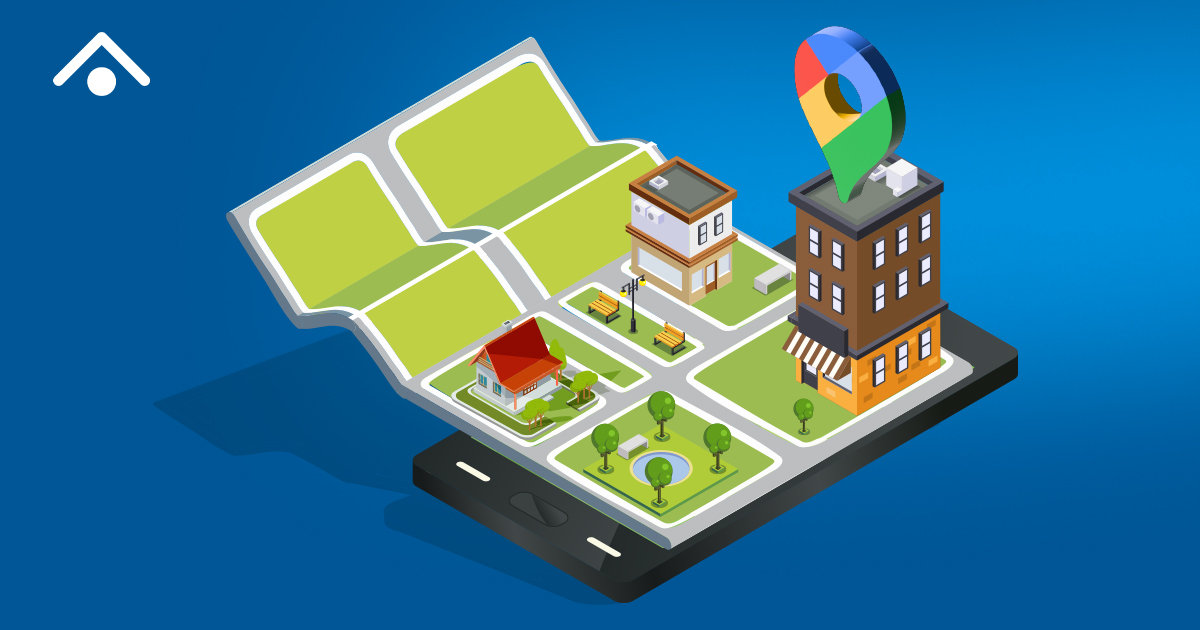
Google is once again optimizing its user experience and focusing on local business and search with their latest Maps feature. Improving local shopping experiences for customers also improves a business’s chance of getting more sales, especially with the holiday season quickly approaching. This article covers four new updates - let’s take a look!
The first feature is “Area Busyness”, which will help consumers see how busy a store will be at a particular time of day (or day of the week) and avoid large crowds. The second feature is the “Directory Tab” which displays businesses in your immediate area or shopping location (such as a mall), providing helpful information such as store hours and ratings. The third feature is “Grocery Shopping” which allows shoppers to order groceries for pickup. And finally, they’ve added more information about Restaurants. Interested in learning more about these features? Click the link above.
How to Create A Social Media Budget For Every Size of Business

Every social media strategy needs a social media budget, that helps determine the spending that will occur over a set period of time. While there’s no hard rule about how big or small your budget should be, Hootsuite does have some recommendations and guidelines you can follow while creating your budget. As they highlight in the article, the Business Development Bank of Canada recommends B2B companies put aside 2-5% revenue for marketing, and B2C companies put aside 5-10% revenue for marketing.
Some tools and strategies you can out your revenue towards include content creation, software and tools, paid social media campaigns, influencer marketing, training, and social strategy and management. As Hootsuite explains, it’s important to understand your specific goals and audience before you decided where to allocate your budget. Click the link above to learn more.
Outbound Links Strategy: When, Why & How to Use Them

Wondering how outbound links can help you? Then keep reading! Outbound links are links within your content that lead to another website, and they play an important role in your SEO strategy. While everyone is focused on inbound links to establish authority and improve algorithm ranking, we can’t ignore outbound links either.
As the article explains, if outbound links are used correctly and will provide value to your audience - then there’s no harm on your end to include them. Also, it may increase the likelihood of getting an inbound link in return! Click the article above to learn more about Outbound link strategy.
9 Ways to Improve PPC Campaigns With Customer Information
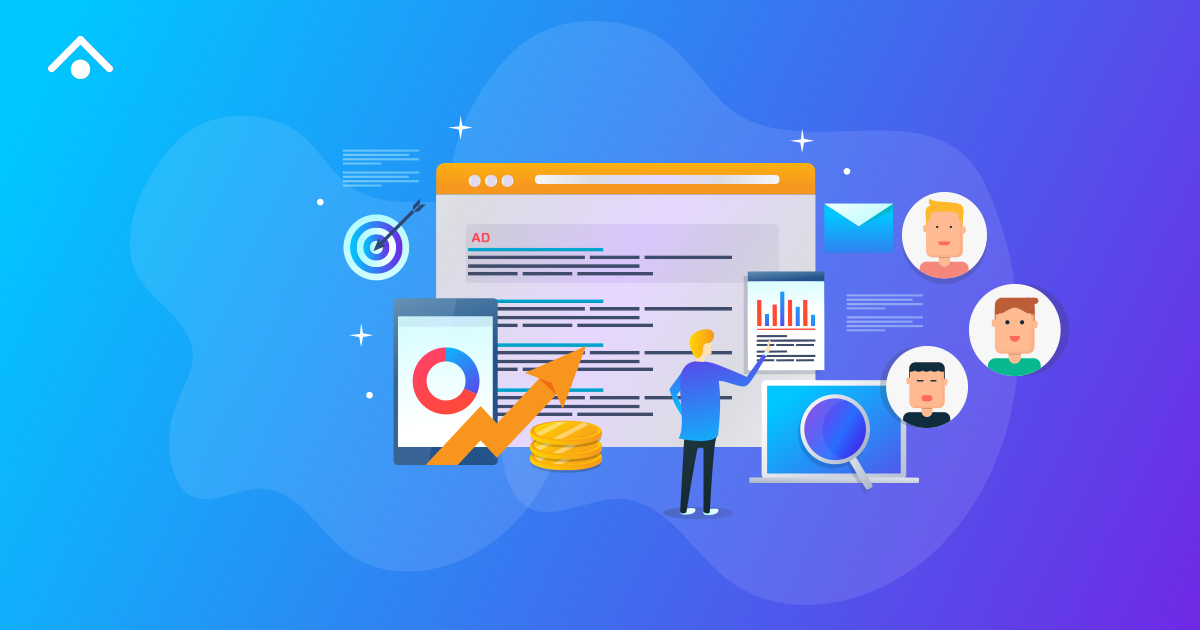
If you’re not sure how you can improve on your current PPC strategy then this article’s got you covered! Using customer information you can strategically grow and build upon your existing strategy in quite a few different ways.
This includes using customer survey data, reviews, customer support logs, keyword research, star ratings, video testimonials, customer photos, customer counts, demographic data. Taking the time to look at these data points can provide you insight into what your customers think about your brand and how you can improve and re-frame future messaging and targeting strategies. Click the link above to learn more.
4 Steps for Structuring Your Facebook Ads to Use the Entire Marketing Funnel
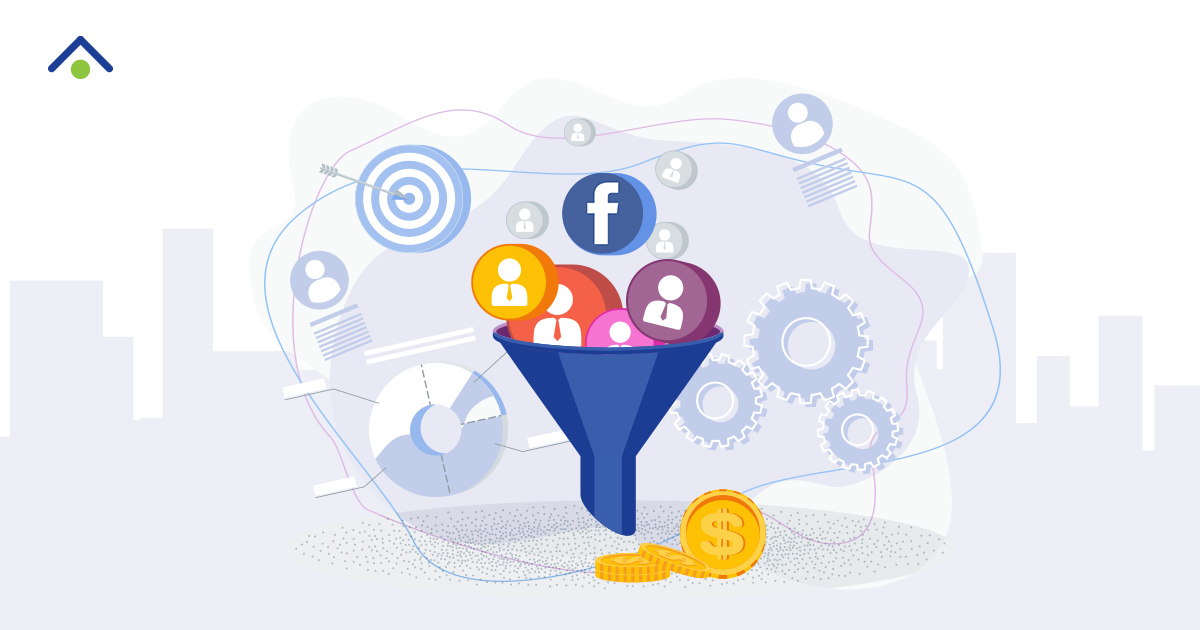
There are many different ways you can go about structuring your Facebook Ads. TechWyse often recommends taking the full marketing funnel approach, which simply means targeting the customer throughout their purchasing journey - from awareness to consideration, and finally, purchase.
Following this logic, the first step is to create a campaign at each stage of the funnel. Once you have done this, the second step is to select your audience for each campaign (for example interests, behavioral, geographic, etc). The third step is to plan what you’re going to say to your customers at each stage in the funnel. The final step is ensuring and tracking that your audience is following your CTA’s and converting into paying customers. Click the article linked above for a more detailed explanation of these 4 steps!
Wrapping Up
So there you have it! This week we took a look at 5 helpful and interesting updates from the world of internet marketing that will hopefully help you out or inspire you in different ways.
To do a quick review, first, we looked at the four new features that Google is adding to Maps. We then moved on to explore how to create a social media budget for any size business.
Next, we learned a bit more about Outbound link strategy and how it can be useful for SEO. We followed this with an article on nine ways to improve PPC campaigns by using customer data and information. Lastly, we dove into the world of Facebook Ads and explored how to structure them using the entire marketing funnel.
Any questions, comments, or concerns? We’d love to hear your feedback. As always, we’ll be back next week with 5 new articles for you. In the meantime, if you’re looking to learn more please check out our existing blogs that cover a range of digital marketing topics!
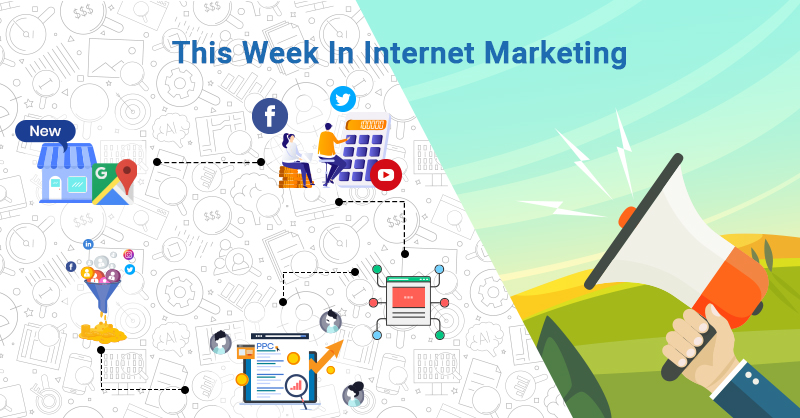

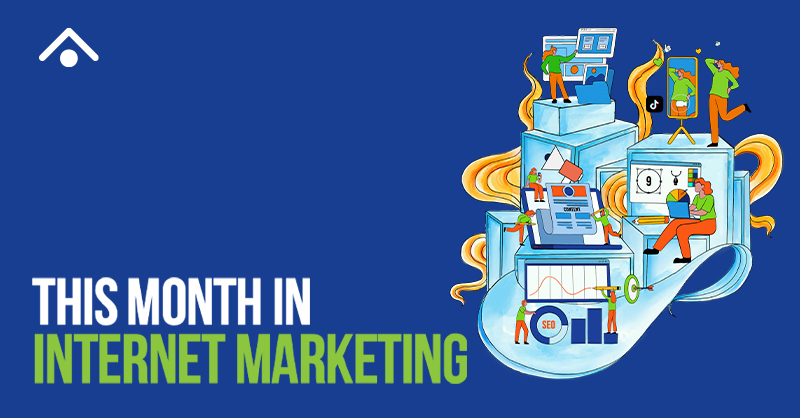


on
This is also an important update that can be added to your weekly wrapup
A good read though